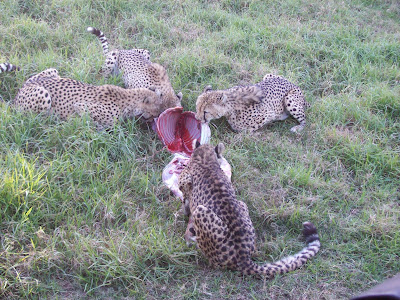



The African Musical Instrument Museum at Rhodes University in Grahamstown was fascinating. It has thousands of drums, horns, and other instruments. Many of them are very historic being hundreds of years old but most of them probably date from the 20th century and represent ways of playing music that stem back to ancient times. At top, at the end of our visit, some of the staff teamed up with one of your students, Tealie, to work out some African rhythms. At bottom are drums, many of them very old and historically important. Next, we have thumb organs, which have little prongs of metal that you strum with your thumbs. A simple but versatile instrument. At bottom is something a pipe organ.

















































